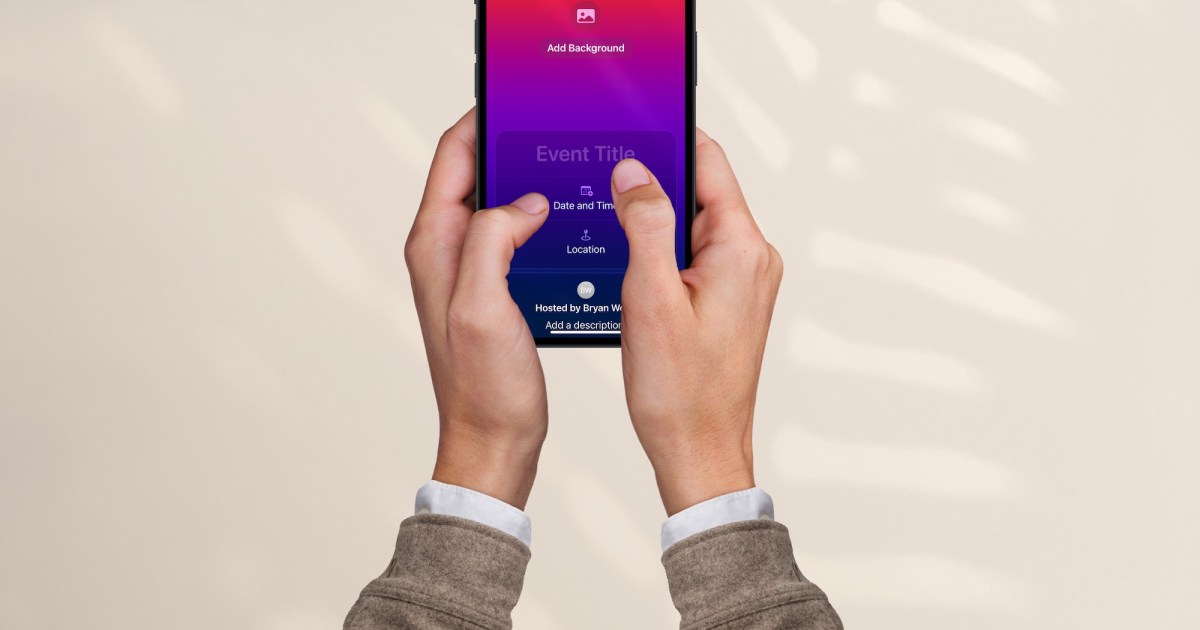The average sales price of iPhones is increasing, but it isn’t for the reason you think — or at least not entirely for that reason. According to new data from Consumer Intelligence Research Partners (CIRP), the average price of an iPhone has increased by $18 to $971. That’s up from $953 in the fourth quarter of 2024.
While many are quick to point to tariffs as the cause, the impact of economic factors isn’t clear yet. The current trend towards higher-priced iPhones lies entirely in Apple’s recent decision to end the iPhone SE and iPhone 14 lines. Analysts use metrics like the U.S. Weighted Average Retail Price (US-WARP) to determine the average sale price, since Apple stopped publicly reporting those numbers at the end of 2018.
With lower-cost options like the iPhone SE being replaced by the iPhone 16E, the overall price of iPhones has increased. However, the increase isn’t as high as it could be, as the report also states that lower sales of the iPhone 16 Pro and Pro Max brought down the average price.
It’s important to note that the average sale price does fluctuate throughout generational cycles, but this increase is coming earlier than usual. Amid the ongoing economic uncertainty, it’s a sign that more people are opting for more affordably-priced iPhones rather than the highest-end models.
Earlier this year, a report showed that more people purchased used iPhones than new. The main reason was believed to be because of a lack of appeal in the iPhone 16 Pro and Pro Max; the premium features offered by these devices wasn’t enough to sway customers, especially with the delay of the advanced Siri features.
With a potential supply chain holdup on the horizon for iPhone 17 stock, many fans are gearing up to continue using their current devices for longer than they usually might. Many tech companies have begun to prepare for alternative sourcing options, but Apple might see a greater hit than most due to compounding factors.
Please enable Javascript to view this content
Read the full article here














